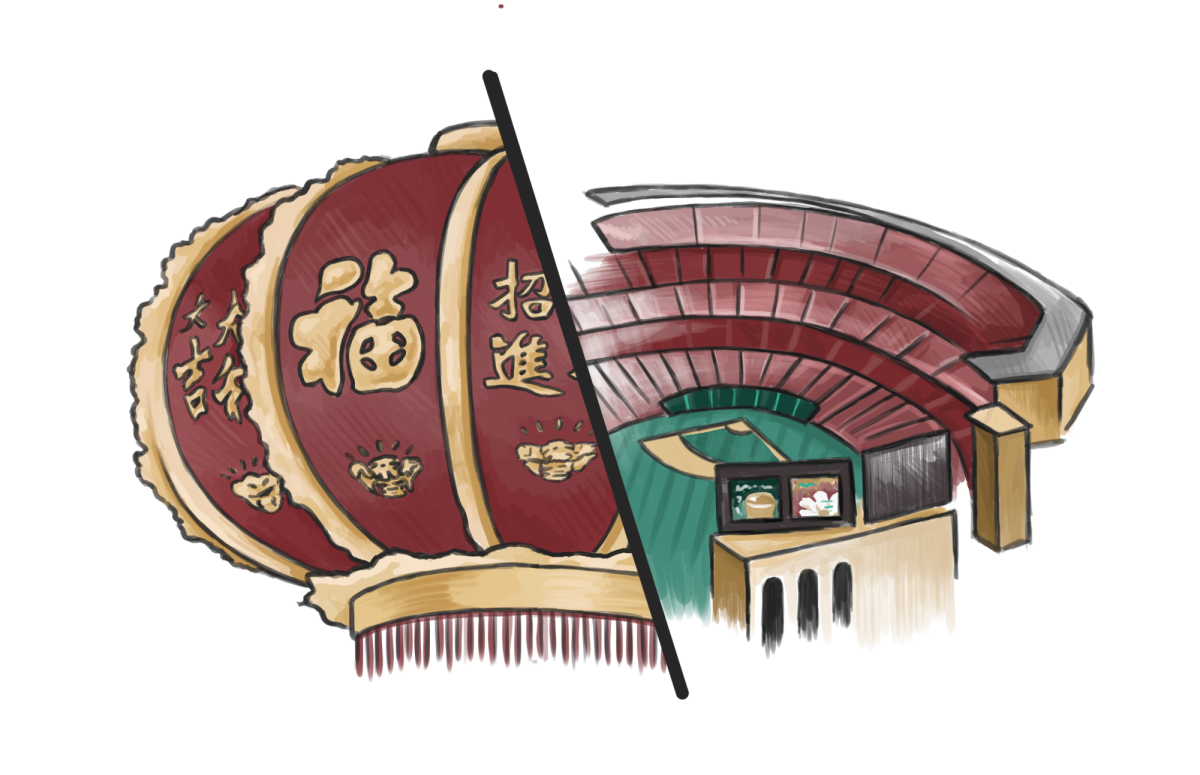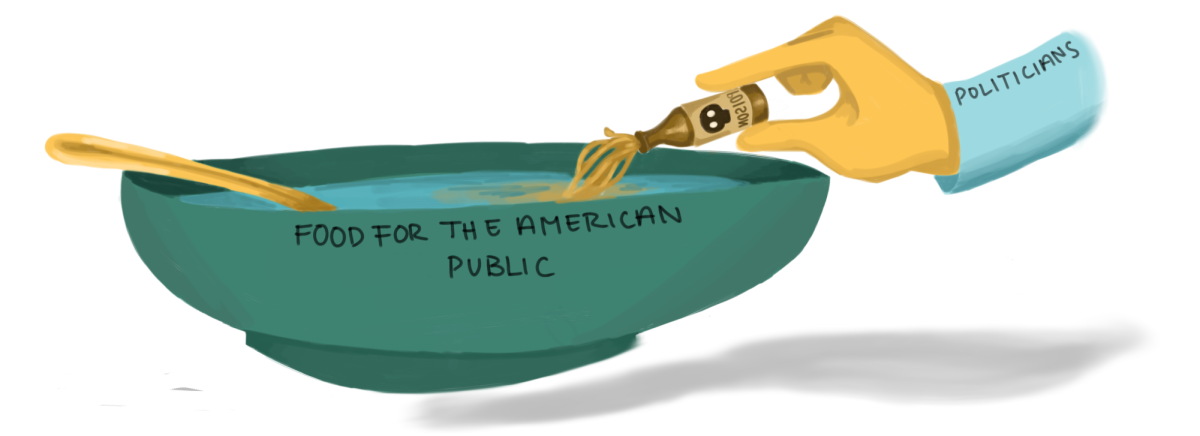A fat French minister waddles over to the banquet table, his silk, frock coat straining at its seams, barely able to contain his bulging belly. His fingers — slick with sweat — close around a thick wedge of pastry, bringing it to his mouth with a greedy, satisfied grunt. Around him, men in powdered wigs — now sagging and stained with crumbs — gorge on greasy meats, with the scent of overripe fruit wafting about. Marie Antoinette, just a few feet away, floats around like a dazed child when a messenger, breathless with panic, bursts into the ballroom. “Your Majesty, the peasants are starving! They riot over the price of bread.” She blinks, her eyes scanning the lavish spread, her brow furrowing for a moment before a soft smile creeps across her face. “Let them eat cake!” she declares. Well… we all know how the revolution ended for her.
Despite common belief, none of that actually happened. While Versailles was undeniably extravagant during the French Revolution, the infamous quote is a misattribution. The original phrase—“Let them eat brioche”—appears in Rousseau’s writings, quoting an entirely different princess. But regardless of its truth, the French peasantry embraced the phrase as a symbol of the monarchy’s detachment from the realities of their lives, where even bread was a luxury. Therein lies the crux: food and status have always been inseparable.
For centuries, rulers used sumptuary laws to reinforce class distinctions, regulating what people could wear and eat, even when such items were available to lower classes. In 1443, for example, the Scottish parliament passed a law restricting pies and baked meats to those of baron rank or higher.
Pies? Those were considered luxurious? Well, our perceptions of food luxury have actually changed dramatically with time. Lobsters, once seen as “sea cockroaches,” were so plentiful they were used for fertilizer and fed to servants and prisoners. In Massachusetts, some servants even stipulated in their contracts that they would only be served lobster twice a week. This only changed when restaurants were able to find an alternative method to cook the creatures that allowed them to retain fresh flavor. The same can be said for caviar, which medieval Russian peasants originally ate with porridge until overfishing made sturgeon and their eggs rare.
The concept of the restaurant itself emerged from elitist societal structures. The word “restaurant” comes from the French verb restaurer, meaning “to restore oneself.” These early establishments served bouillon, a simple, nutritious broth, and it quickly became a symbol of refinement. They reflected Enlightenment thinking, where food choices were seen as a way to demonstrate sensitivity to the world around you, distinguishing the refined from the common by avoiding “coarse” foods.
Fast-forward to the present, and the dynamics of food and class have remained. Enter Erewhon, a luxury grocery store frequented by celebrities in Los Angeles where a jar of chicken broth will cost you $50. The shop is named after Samuel Butler’s satirical novel, which — and this is very ironic — critiques elitist societal norms.
Ultimately, history shows us that what we eat — and what we consider luxurious — is always in flux. Yesterday’s pitiful peasant food is today’s delectable delicacy. Bread, broth and lobster have all traded places in the hierarchy of taste. But there is one constant: food remains a mirror to our social divides, a measure of what we value and who we leave behind.









